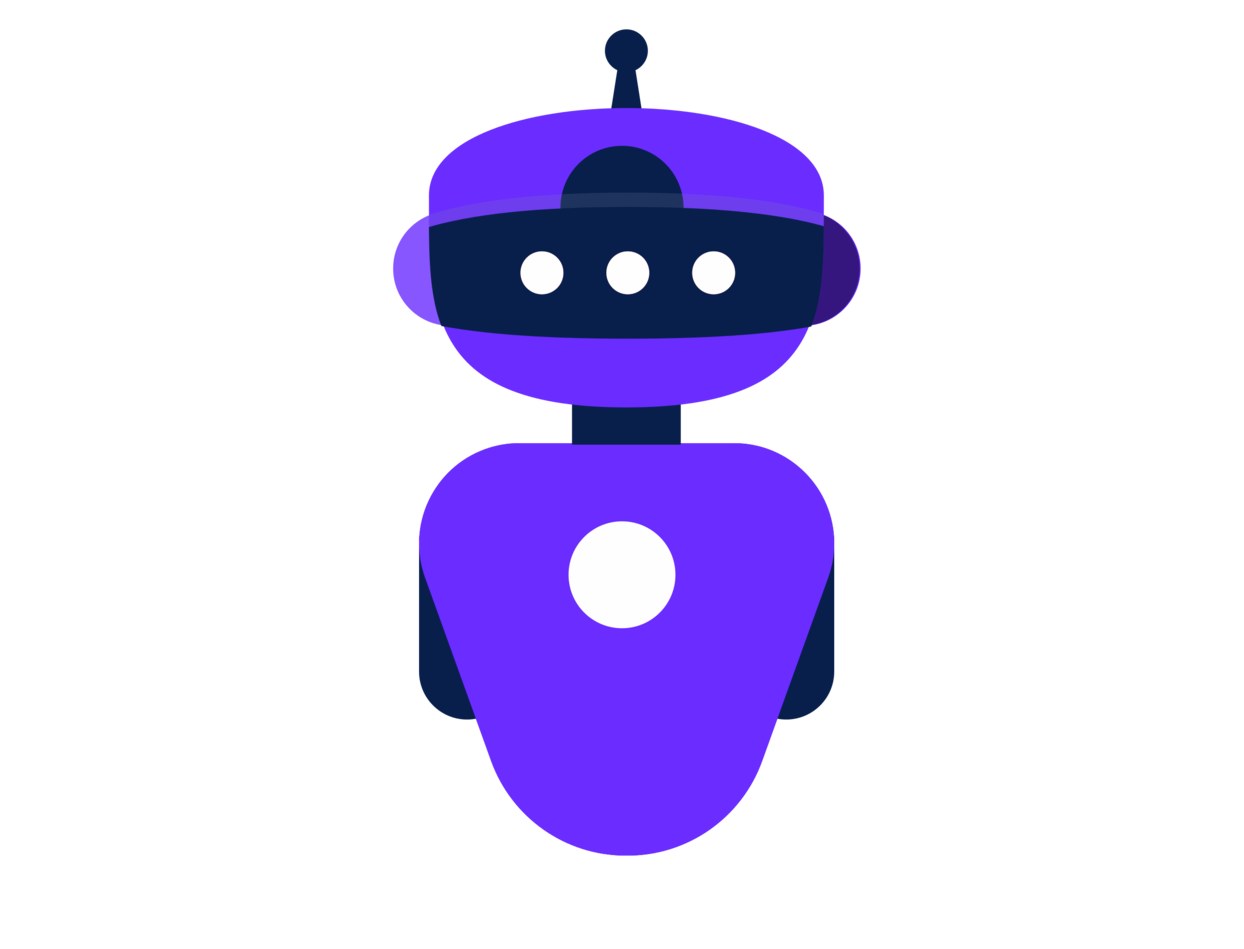
Artificial intelligence has transformed the web design landscape in many ways. These technologies have introduced innovations that have streamlined web design processes, improved user experience, and pushed creativity boundaries. As this tech advances, it is becoming an integral tool for web designers. It allows for the creation of aesthetically pleasing and highly functional sites. Below are a few ways AI has impacted web design.
1. Automated Design Tools
The introduction of automated web design tools is probably the most revolutionary contribution of AI in web development. These tools use machine learning algorithms to create aesthetically pleasing and functionally robust website designs. Design professionals including those offering web design in Lancaster, PA services have embraced these tools to complement the efforts of their experienced pool of web designers.
Automated tools primarily analyze user inputs and preferences to generate website layouts. Human designers provide basic information about the intended website, like the target audience or industry, preferred color, and other details. AI then processes this information to create a perfectly matching website layout.
These tools are beneficial in many ways. For starters, they have unmatched efficiency. They significantly reduce the time required to completely design a website. It comprises what human designers take weeks to complete in minutes. They are also cost-effective. Individuals and startups with limited budgets can afford to use these tools to create their websites.
AI tools also offer great customization and flexibility benefits. Besides being powerful, they offer a great degree of customization, allowing users to design websites that suit their needs. Users can flexibly adjust their site features like color and fonts to fit their brand identity. Blending automation and personalization means users won’t be limited by the traditional rigid templates.
2. Enhanced User Experience
AI has also greatly improved user experience in web design. Web designers using AI can create better personalized and engaging websites. For starters, designers can tailor user experience to their preferences and behavior. Using AI to analyze crucial data like location, device type, and browsing history helps customize content and recommendations. This approach is common among ecommerce platforms like Amazon and streaming service providers like Netflix and Spotify.
Web designers also use web-powered analytic tools to understand and predict user needs. By analyzing large data sets, these tools can identify patterns that inform decision making. For instance, they can determine the best time to send promotional emails or suggest content that specific users will likely engage
3. Improved Accessibility
Artificial intelligence has also enhanced website accessibility. It has made it easier for people with disabilities to navigate websites. Web designers use various AI-powered solutions to create an inclusive and user-friendly website. First is through automated accessibility testing, which helps designers identify sites that don’t comply with WCA guidelines.
The second is through voice recognition technology. Site users with mobility issues or prefer voice commands significantly benefit from this. Voice user interfaces allow users to search for information and navigate websites using their voices. Users with hearing impairment also benefit from automated captioning and transcription. This feature uses AI to transcribe captions in real-time, ensuring that all site visitors understand multimedia content.
Endnote
Artificial intelligence has brought along unmatched efficiency, accessibility, and personalization to web design. Automated tools streamline website creation, making it possible for those without technical skills to create quality websites. AI also enhances user experience and makes it accessible for users with different impairments.
 Best Free HTML5 Bootstrap Themes
Best Free HTML5 Bootstrap Themes
